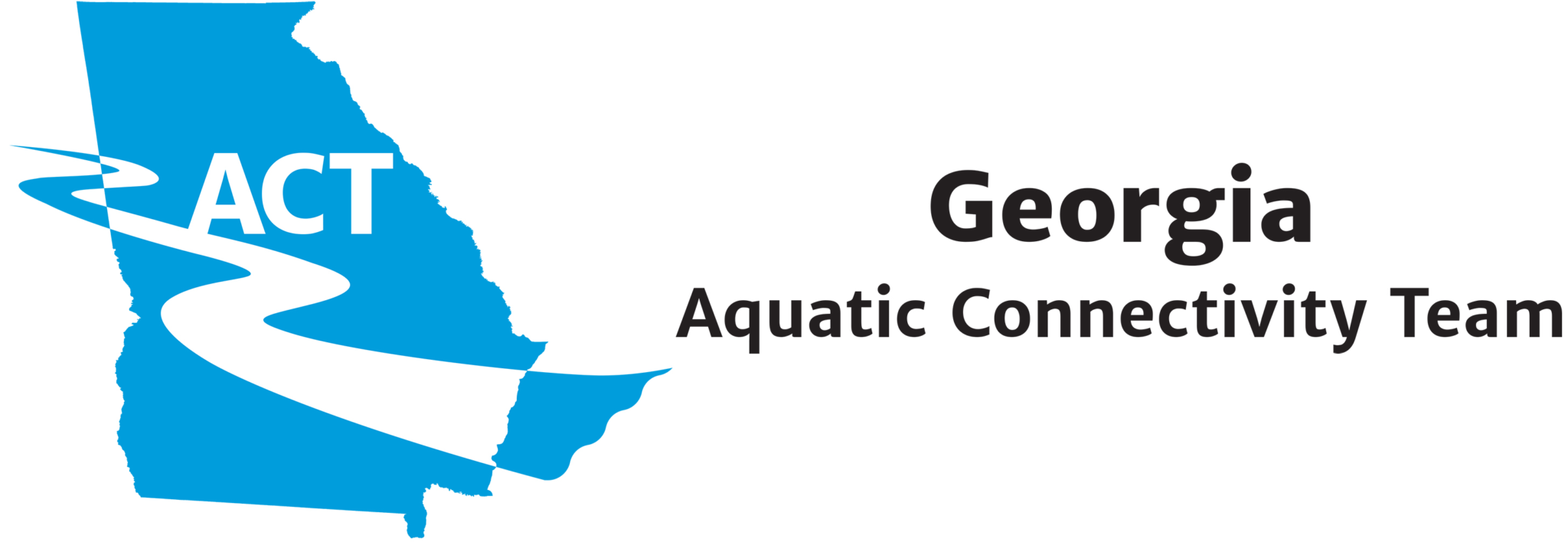Aquatic connectivity is essential. Fish and other aquatic organisms depend on high quality, connected river networks. A legacy of human use of river networks have left them fragmented by barriers such as dams and culverts. Fragmentation prevents species from dispersing and accessing habitats required for their persistence through changing conditions.
Recently improved inventories of aquatic barriers enable us to describe, understand, and prioritize them for removal, restoration, and mitigation. Through this tool and others, we empower you by providing information on documented barriers and standardized methods by which to prioritize barriers of interest for restoration efforts.
The Southeast Aquatic Resources Partnership (SARP) has been working with partners for several years to inventory and prioritize dams and road/stream crossing barriers through its Southeast Aquatic Connectivity Program. Over the past ten years, SARP has identified over 120,000 dams and collected information on 27,000 road stream crossings within its 14 state region.
Inventorying Barriers within the State of Georgia
Over the years, SARP has gathered data on dam location in Georgia through national and state inventories, dissertation projects, automated processes and local information from partners. Georgia has the most documented dams of any state, in part due to the collaboration of the ACT, and also due to the shear number of dams present in the state.

Along with dams, road culverts and other structures can pose issues for fish passage, as well as flood and safety hazards. Unlike dams, to determine if a road structure is a barrier to aquatic organisms, they must be surveyed using specific methodology. In 2015, SARP adopted a standardized protocol used in the field at road structures, and has trained over 200 people to use this protocol.
You can view and download the protocol form and manual here.
Prioritization of Barriers within Georgia
Once barriers are inventoried, they can be prioritized to identify those that would have the largest ecological impact if remoed/remediated. To do this, SARP has created a prioritization tool to help resource managers identify the highest priority projects to work on. This tool also incorporates potential social feasibility, by allowing users to select only those dams that may have a willing land owner.
Visit our tool: https://connectivity.sarpdata.com

However, data and models can only go so far, and do not substitute local knowledge. If you know of any dangerous low-head dams, or want to remove your dam, contact us! If you know that one of the dams on this tool is not socially feasible for removal, let us know! Email Kat Hoenke, GIS Coordinator, at Kat@Southeastaquatics.net
